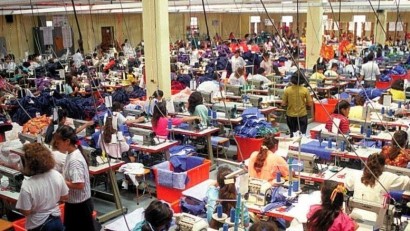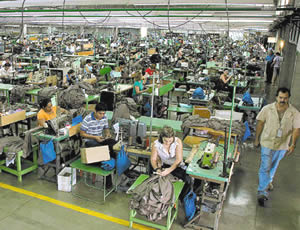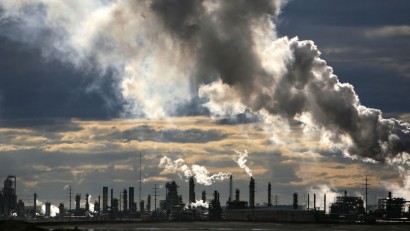
The Good, the Bad, and the Ugly of Maquiladoras
The importance to bring light to the real consequences of “Maquiladoras” and the effects that they have caused to Mexico’s environment, the population’s economy, and their health has always been an interest of mine. Shortly after graduating from “Colegio Autonomo de Contabilidad”, I was able to secure employment in the accounting office of a maquiladora in Mexicali, BC Mexico. During my time at the Maquila, I witness poor employment conditions, unfair gender treatment, harassment from male employees, and low wages which were often paid containing errors benefiting the company. While there, I notice that all of the maquila’s production workers were women mostly young, and the few males in the company occupied supervisory or drivers positions. I recall times were the trucks would be loaded with barrels of dirty oil and bags containing the unwanted scraps of left over material. I never imagined that all that waste would end up dumped in the slumps of Mexicali, located in the outskirts of the city. Unfortunately, as far as the government was concern health concerns, environmental decay, and unfair job wages was merely a side effect of a necessary compromise to save the country’s economy. The rapid growth of the maquiladora industry in Mexico has prompted studies on the effects in the social, economic, and employment areas. However, there is a lack of indepth analysis on the full effect of maquiladoras to the environment along the border between Mexico and the United States, where the quality of life of its inhabitants has been altered. There City’s rapid growth has surpassed the states capacity to provide urban infrastructure able to minimize the effects and risk of its operations. There has been a massive rise of maquiladoras along the borders due to its profitable earnings and the flexibility of current environmental policies, which have caused an increase on the levels of pollution. In the article La industria maquiladora en Tijuana: riesgo ambiental y calidad de vida (See Abstract 11) the author, Elizabeth Mendez Mungaray studies the alterations and effects that maquiladoras have caused the environment and the population’s quality of life. She concentrates her analysis in Nueva Tijuana, one of the most important industrial areas in Tijuana, Mexico. According to Mungaray, the population in close vicinity of the Industrial area has long suffered from the effects and risks of dangerous industrial waste cause by maquiladoras. Her study was conducted in two stages; first, she highlights the maquiladoras background and the specific environmental risks brought by their implementation. Second, she conducts various interviews on cases of reported individuals which health has been affected due to the spread of pollution in their living area. The categories presented in this e-portfolio would serve as a guide to learn a bit of the background and understand a few of the concerns of the Maquiladora Industry. The romanticized notion of the introduction of the Maquiladoras into Mexico as the solution of the country’s economic troubles, and the naïve belief that Maquiladoras would bring much needed jobs into the poorest areas of Mexico, and with it the chance to arise from poverty levels.


